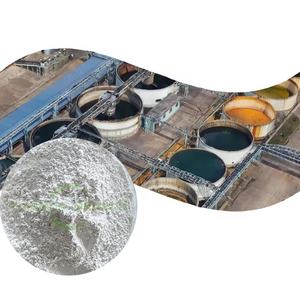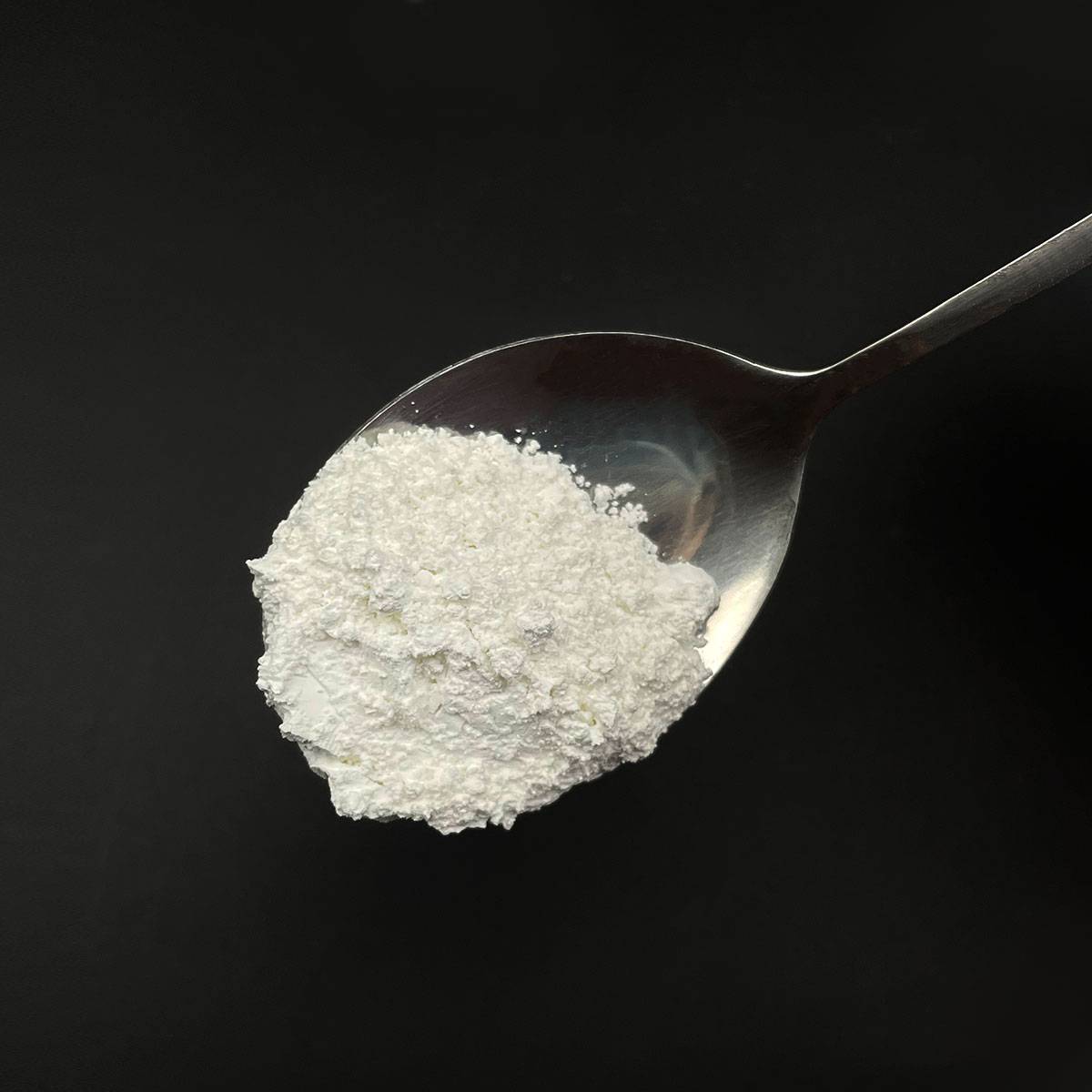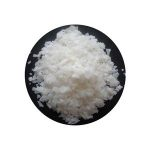1. Introduction
In the past 48 hours, a viral TikTok debate has reignited consumer concerns about sodium lauryl sulfate (SLS) in everyday shampoos and toothpastes. Influencers are urging followers to ‘check your labels’ and avoid ‘sls sodium lauryl sulfate’ due to alleged skin irritation—prompting major retailers like Sephora and Ulta to report a 22% spike in searches for ‘sulfate-free’ products. While SLS remains one of the most widely used surfactants globally, its reputation is increasingly scrutinized alongside alternatives like sodium cocoyl isethionate and decyl glucoside.

But what exactly is sodium lauryl sulfate—and how does it compare to its chemical cousins? In this deep dive, we unpack the science behind SLS, contrast it with other surfactants like sodium laureth sulfate (also called sodium lauryl ether sulfate or sodium lauryl ether sulphate), and evaluate whether the backlash is justified.
2. What Is a Surfactant—And Why Does It Matter?
The meaning of surfactant is simple: it’s a surface-active agent that reduces surface tension between liquids or between a liquid and a solid. This property makes surfactants essential in everything from shampoos to herbicides. They help water spread evenly, lift dirt, and create foam.
Surfactants fall into four main categories: anionic, cationic, non-ionic, and amphoteric. Sodium lauryl sulfate is a classic anionic surfactant—meaning it carries a negative charge in water. This gives it strong cleansing and foaming power but can also strip natural oils from skin and hair.
3. Sodium Lauryl Sulfate vs. Sodium Laureth Sulfate: Not the Same!
Many consumers confuse sodium lauryl sulfate (SLS) with sodium laureth sulfate (SLES)—also labeled as sls sodium laureth sulfate, laureth sulphate, or sulphate laureth sulfate. Despite similar names, they’re chemically distinct.
SLS (or sodium dodecyl sulfate, natrium lauryl sulfate, na lauryl sulfate) is derived from lauryl alcohol and is highly effective but potentially irritating. SLES, on the other hand, is ethoxylated—meaning ethylene oxide is added to lauryl alcohol before sulfation. This process creates a milder, less irritating molecule often used in ‘gentle’ shampoos and body washes.

- SLS: Strong degreaser, high foaming, higher irritation potential
- SLES: Milder, more soluble, lower irritation—but may contain trace 1,4-dioxane if not purified properly
Both are anionic surfactants, but SLES is generally preferred in leave-on or sensitive-skin formulations.
4. The Rise of Gentler, Bio-Based Alternatives
As consumer demand for ‘clean beauty’ grows, brands are turning to alternatives like alkyl polyglucoside, coco glucoside, and sodium cocoyl glutamate. These are non-ionic or amphoteric surfactants derived from coconut or corn sugar, offering effective cleansing without the harshness.
Cocamidopropyl betaine (also called coco betaine, amidopropyl betaine, or coco amido propyl betaine) is a popular amphoteric surfactant often paired with SLS to reduce irritation. Similarly, sodium lauroyl sarcosinate and sodium lauroyl methyl isethionate provide rich lather with minimal dryness.
Even in agriculture, surfactants like methylated seed oil and lignin sulfonate are used as wetting agents for grass and herbicides—proving that not all surfactants are created equal across industries.

5. Beyond Personal Care: Industrial and Specialty Surfactants
While SLS dominates consumer products, other surfactants serve niche roles. Sodium dodecylbenzene sulfonate is common in laundry detergents. Cetyl trimethyl ammonium bromide (CTAB) is a cationic surfactant used in labs and antiseptics. Polysorbate 80 and Span80 (sorbitan monooleate) are non-ionic emulsifiers in food and pharma.
Fluoro surfactants and copper 1 bromide complexes appear in high-tech applications, while bio surfactants like rhamnolipids are gaining ground for environmental sustainability. Companies like Rohit Surfactants Private Limited now offer sodium lauryl sulfate for sale alongside greener options like sodium coco sulfate (sometimes mislabeled as coco sodium sulfate).
Even in pulmonary medicine, ‘surfactant’ refers to a completely different lipid-protein mix that prevents alveolar collapse—but that’s unrelated to the synthetic surfactants in your shampoo.
6. Safety, Myths, and Mislabeling
Despite online fear-mongering, regulatory bodies like the FDA and EU SCCS consider SLS safe at typical use concentrations (usually 1–15% in rinse-off products). Irritation is dose- and duration-dependent—meaning a quick shampoo rinse poses far less risk than prolonged exposure.
That said, people with eczema or sensitive skin may benefit from SLS-free formulas using decyl glucoside or sodium cocoyl isethionate. Also, watch for misleading labels: ‘sls sulfate’ isn’t a real term, and ‘laureth’ alone doesn’t mean SLES—it must say ‘sodium laureth sulfate’ or ‘sodium lauryl ether sulfate.’
7. Conclusion
Sodium lauryl sulfate remains a workhorse surfactant thanks to its effectiveness and low cost. But it’s not the only option—and often not the best for sensitive applications. From amphoteric cocamidopropyl betaine to plant-derived alkyl polyglucosides, the surfactant landscape is evolving toward milder, more sustainable choices. Whether you’re formulating a weed killer or a baby shampoo, understanding the differences between anionic, cationic, non-ionic, and amphoteric surfactants is key to making informed decisions.
Our Website founded on October 17, 2012, is a high-tech enterprise committed to the research and development, production, processing, sales and technical services of ceramic relative materials such as Is. Our products includes but not limited to Boron Carbide Ceramic Products, Boron Nitride Ceramic Products, Silicon Carbide Ceramic Products, Silicon Nitride Ceramic Products, Zirconium Dioxide Ceramic Products, etc. If you are interested, please feel free to contact us.


